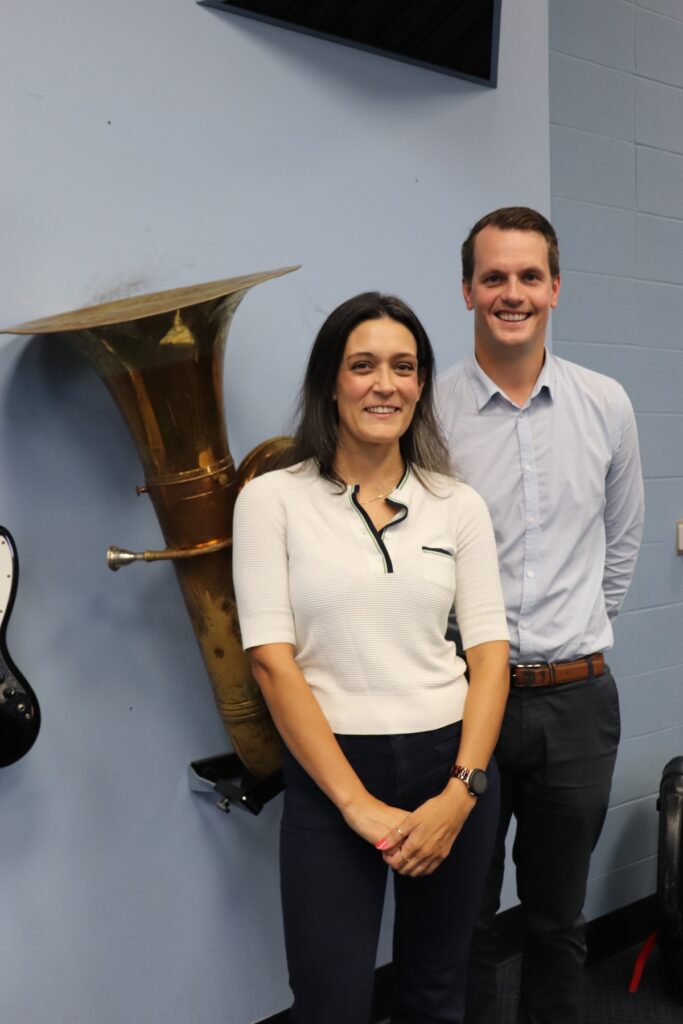North Fork bald eagles, population rebuild leads to common sightings

With a degree in marine biology from LIU/Southampton, Chris Paparo is the manager of Stony Brook University’s Marine Sciences Center. He is an award-winning member of the Outdoor Writers Association of America and the NYS Outdoor Writers Association. With so many bald eagle sightings recently, Mr. Paparo shares his photos and explains some historical and current facts about America’s national bird. You can follow Paparo on social media at @fishguyphotos.
The bald eagle population is soaring once again thanks to a ban on mosquito pesticide Dichlorodiphenyltrichloroethane (DDT) and a concerted effort by the NY Department of Conservation. Fifteen breeding pairs were monitored by the DEC last year. Although eagles typically return to the same nest each season, they will often build 1-2 alternate nests within their breeding territory.

Bald eagles belong to a subfamily of eagles known as sea eagles. The bald eagle is the only sea eagle that takes up residence in North America. They are endemic to North America (meaning they are found nowhere else), with a range from Alaska and northern Canada, south to Mexico. They prefer to live adjacent to large bodies of water, such as lakes, rivers, bays, and the ocean. With a life along the “sea,” bald eagles primarily feed on fish, and at 3 feet tall with a wingspan greater than 6 feet, they are capable of preying on quite large fish.

Not only do bald eagles need to live in close proximity to large bodies of water, but they also require trees that are large enough to support a nest that can be 4 to 5 feet in diameter and 2 to 4 feet deep.

With 15 known nesting pairs monitored by the Department of Environmental Conservation and an influx of migratory juveniles, pictured above, during the winter months, you no longer need luck to see a bald eagle on the North Fork.

Unlike the movies, a bald eagle’s call is a series of high-pitched chirps. The eagle call in a movie is actually that of a red-tailed hawk. Some North Fork spots to observe bald eagles are the Riverwalk in downtown Riverhead, Indian Island County Park, and the many farm and sod fields along Sound Ave and CR 48.

“Skyway” robbery, where an eagle steals an osprey meal mid-flight, is a common occurrence. Another shocking trait of the bald eagle is they often feed on carrion, which is the decaying flesh of dead animals. This “dirty” trait also makes them frequent visitors at the local dump.









